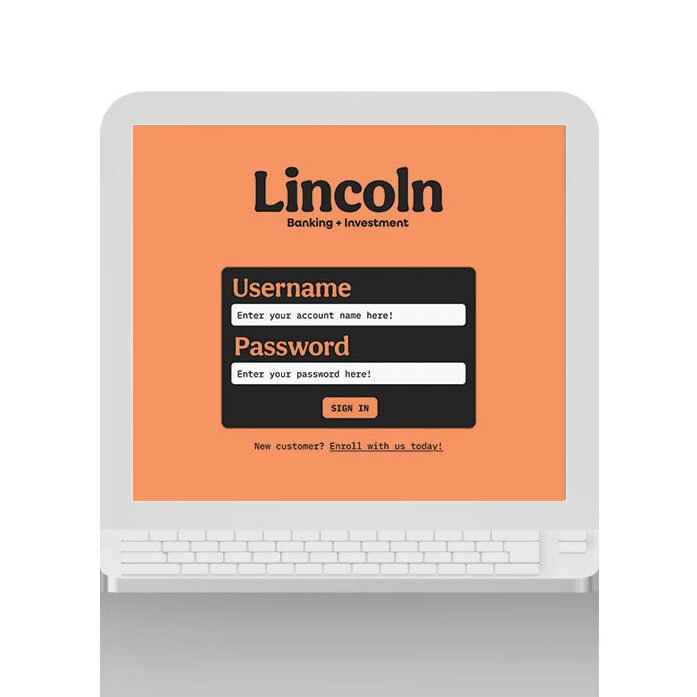
Lincoln
A Kiosk for Accessible Banking
With the rise of technology, industries have learned to integrate its uses into user experiences, with there being no better example than with kiosks. Kiosks are a great way to allow users to minimize the time it takes to complete a given task. When asked to create a kiosk for a class project, I decided to create Lincoln, a banking kiosk. For decades, companies have used built-in ATMs to complete transactions, but at the price of an accessible and efficient user experience. The challenge was to do exactly that while introducing a brand that feels approachable and relevant to the banking industry.
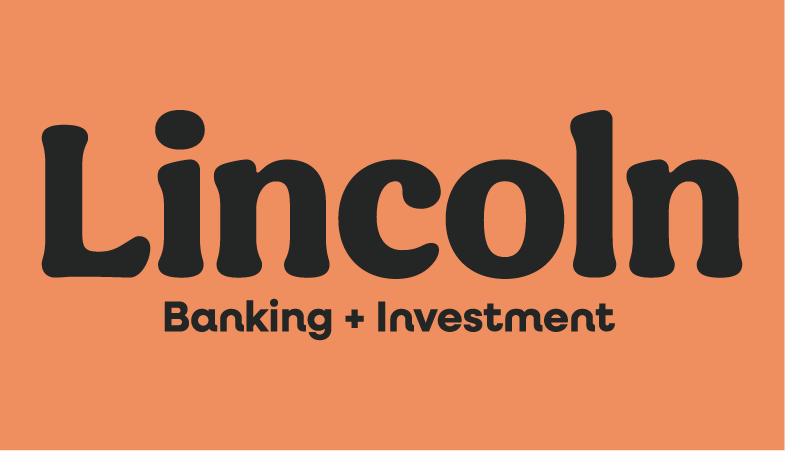
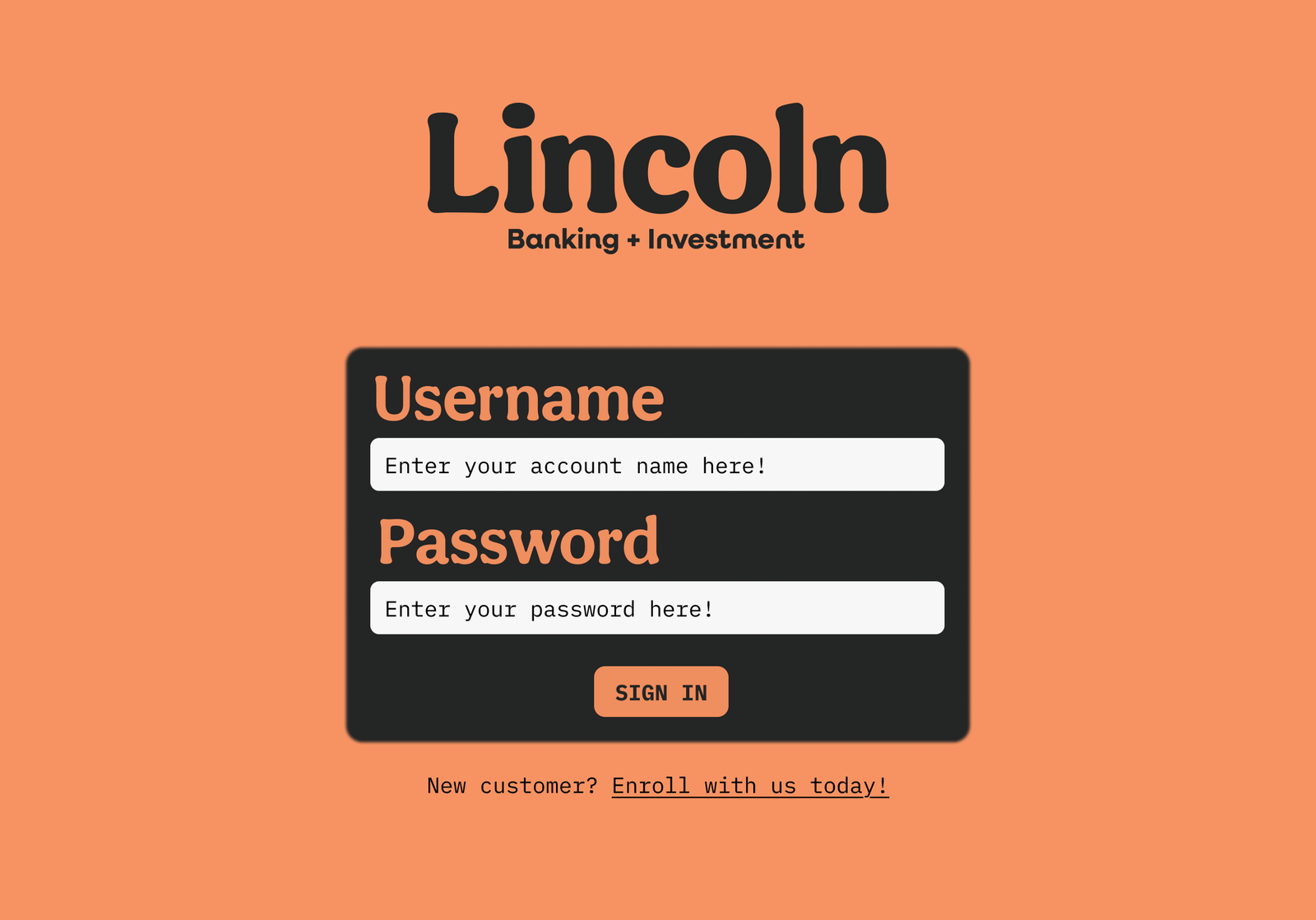
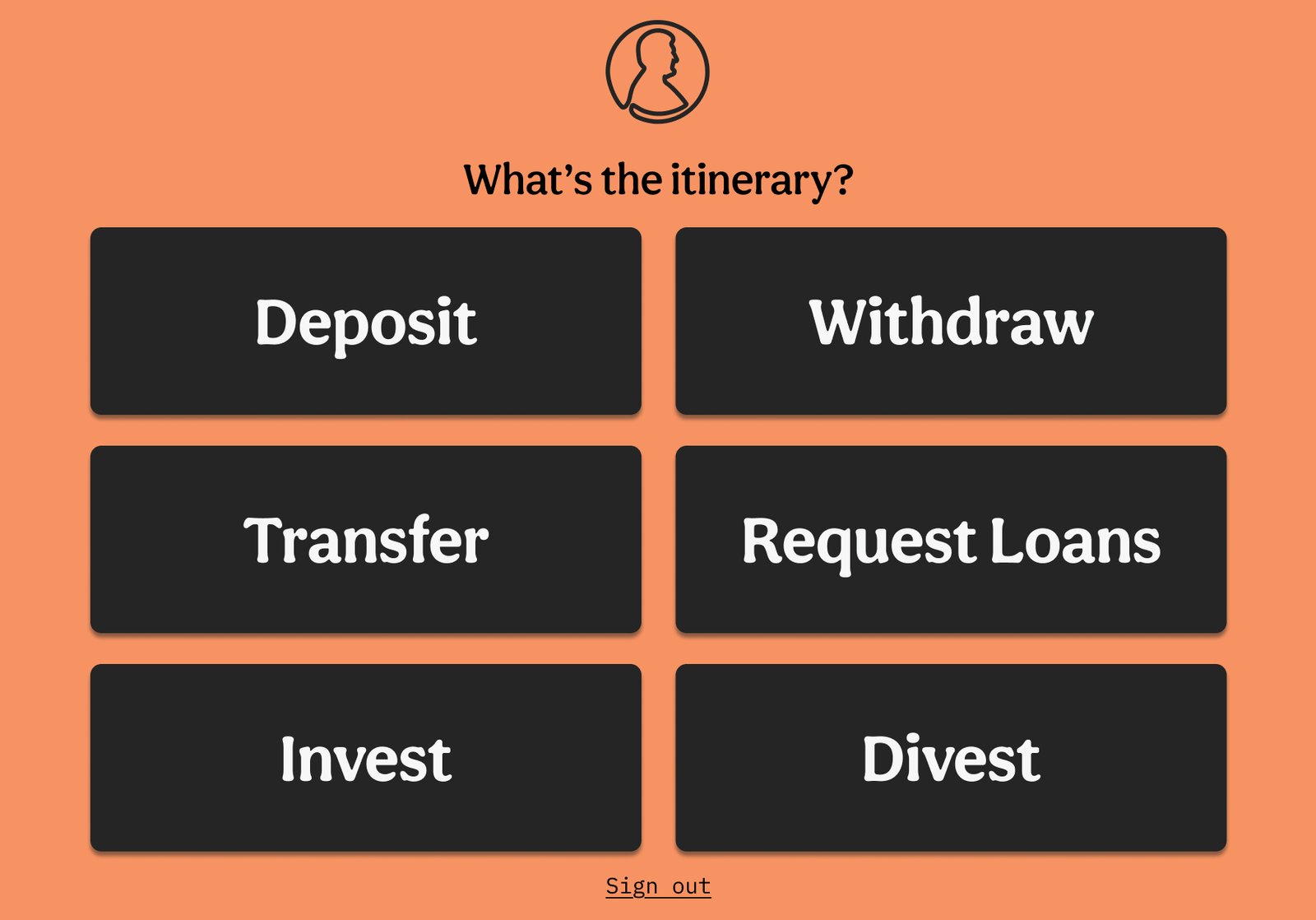
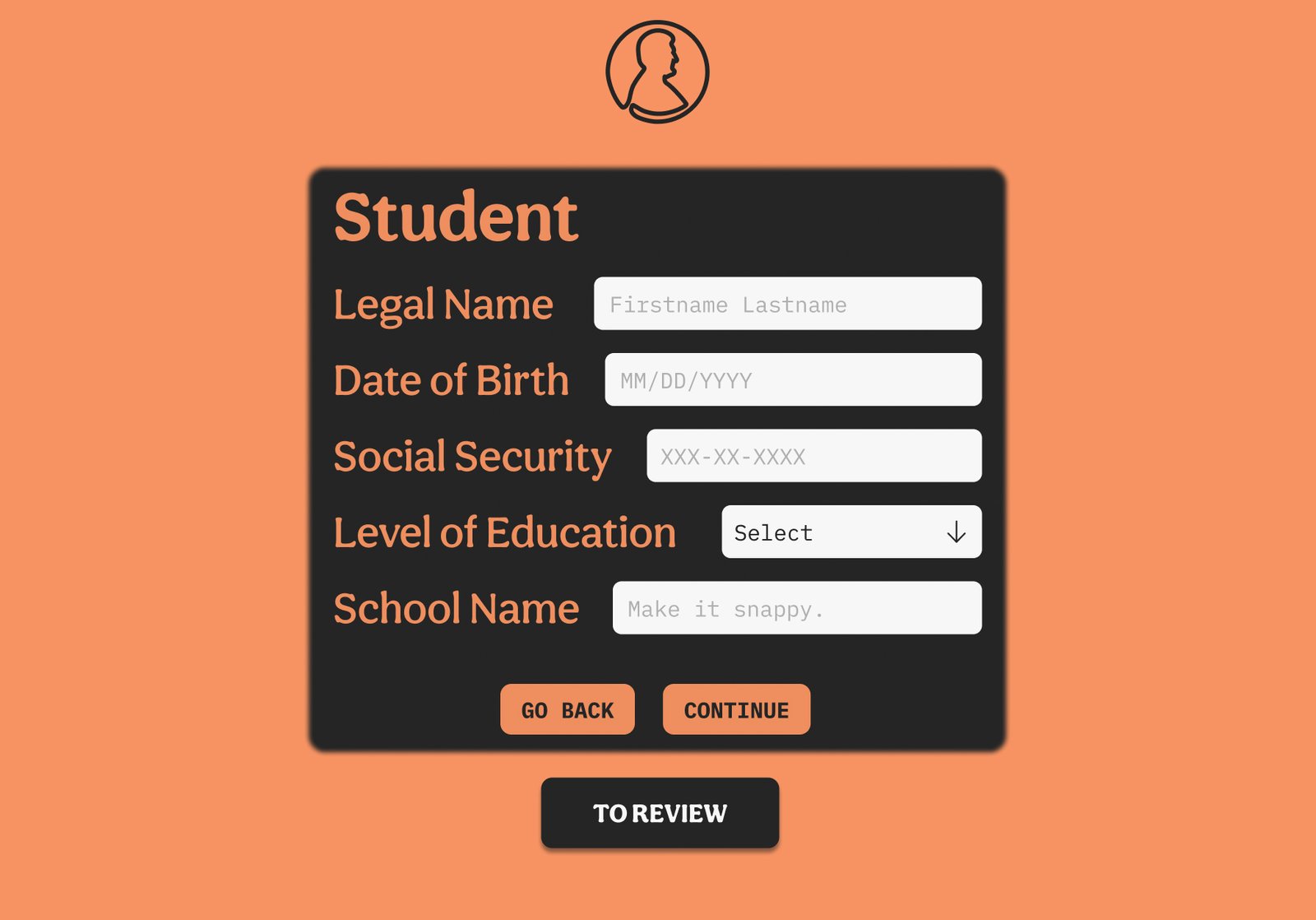

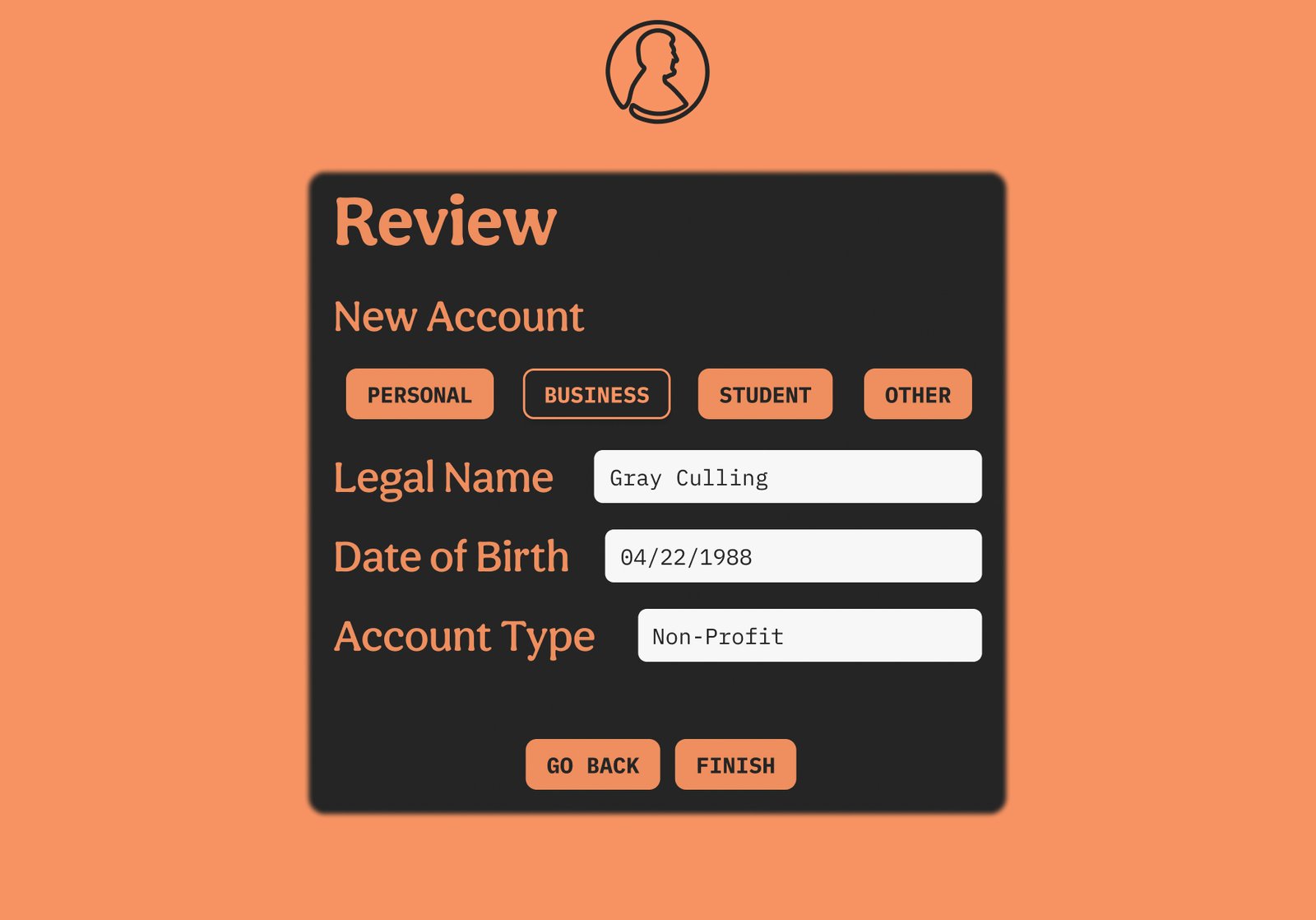
Goals and Process
After some in-depth user research determining the direction for the kiosk, I shifted to the kiosk’s design and the company behind it. I wanted the company to directly connect to something of economic and monetary value, and I soon settled on the man located on the penny: Abraham Lincoln. Not only is Lincoln a reputable figure, but the penny is the smallest applicable currency in the United States, showing how even small monetary gains can lead to bigger and better things. With this, I also incorporated copper into the brand’s color palette and the kiosk’s overall aesthetic.
With an established brand and color palette, I wireframed the user experience while considering who would use an ATM and how people use them. With this in mind, I created two separate paths, one for returning customers and another for new customers, and built its menus around what I and others use an ATM for. Once the wireframes were streamlined, I produced high-fidelity mockups with the interactivity and direction required for a seamless kiosk experience.

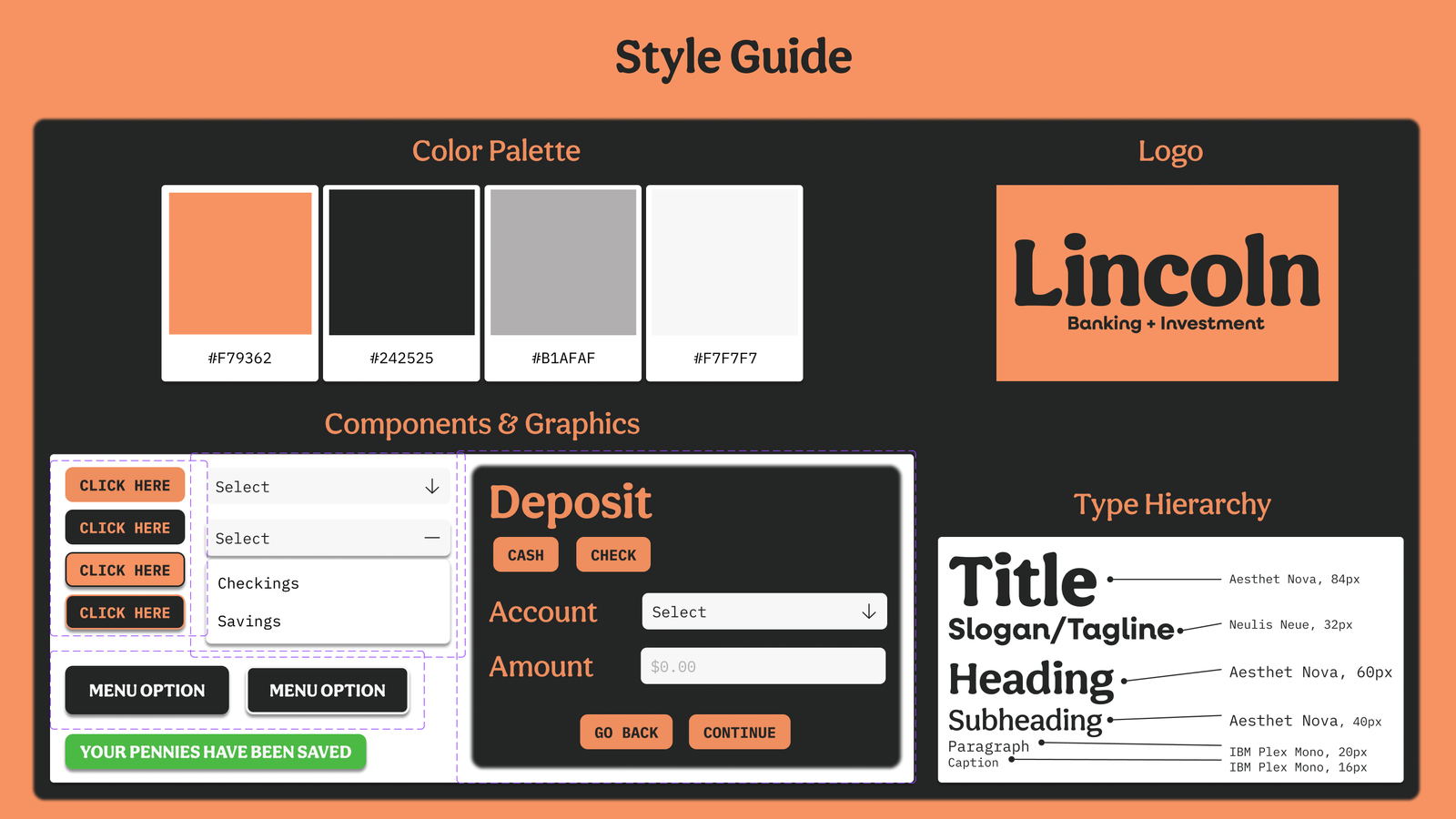
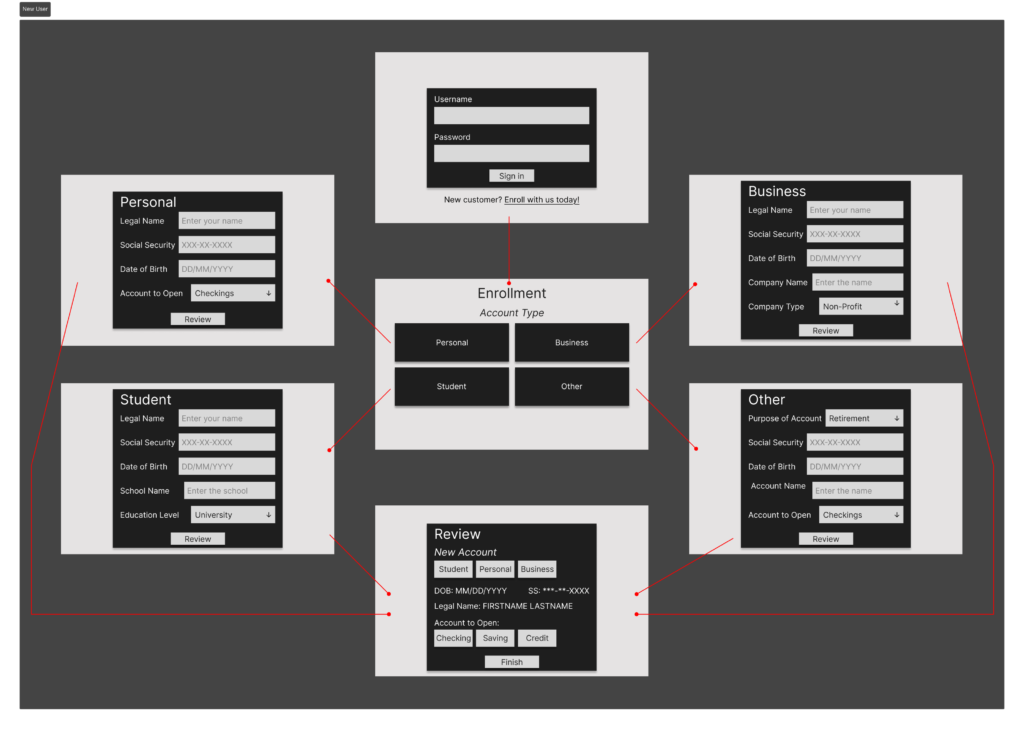
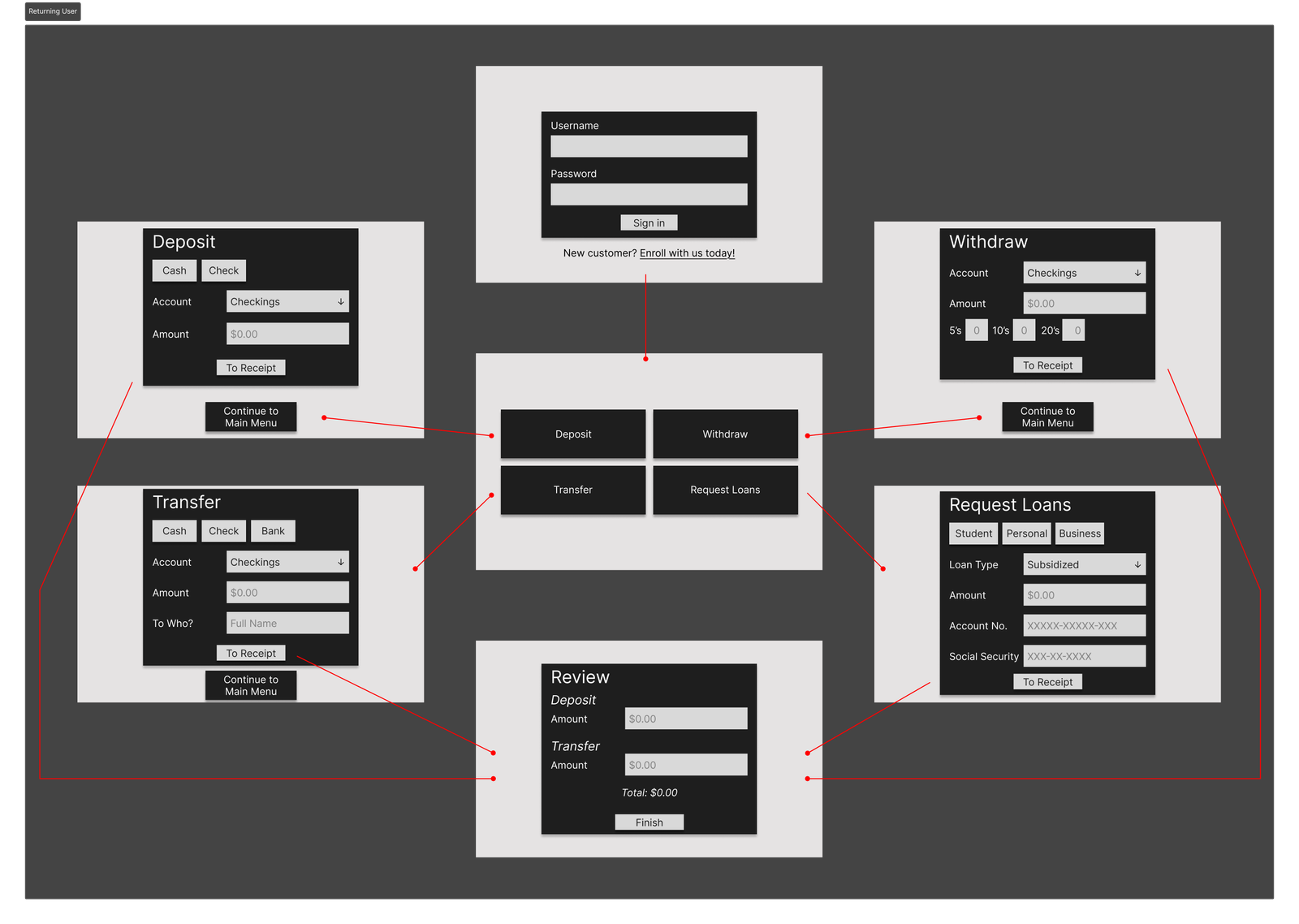
The Results
Lincoln’s kiosk sets itself as a simpler yet equally effective alternative to traditional ATMs. Prototyping the high-fidelity mockups made the user experience easy to understand and replicate, with the icon adding purpose and resonance to the brand and its color palette. The kiosk integrated multiple iterations of Figma’s prototype and component functions to make building and executing the kiosk as close to a physical execution as possible, with the kiosk also functioning responsively across computers and mobile devices.